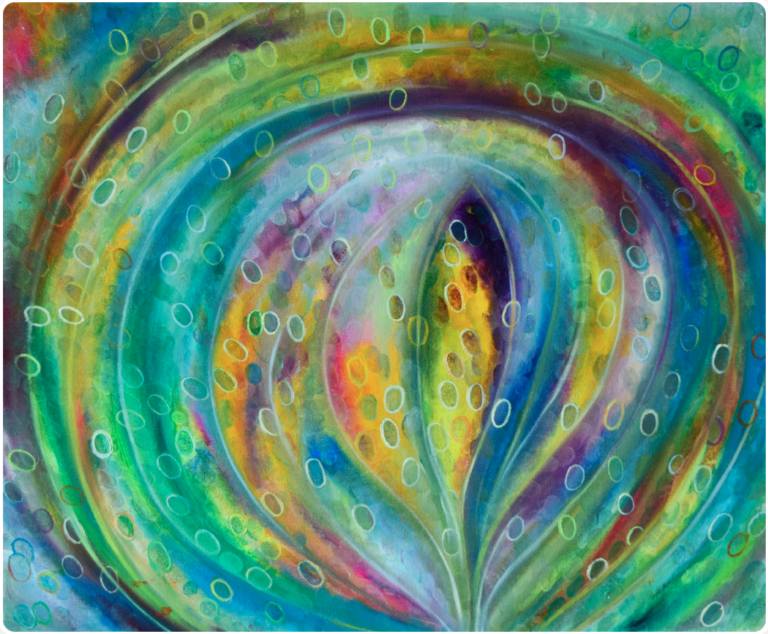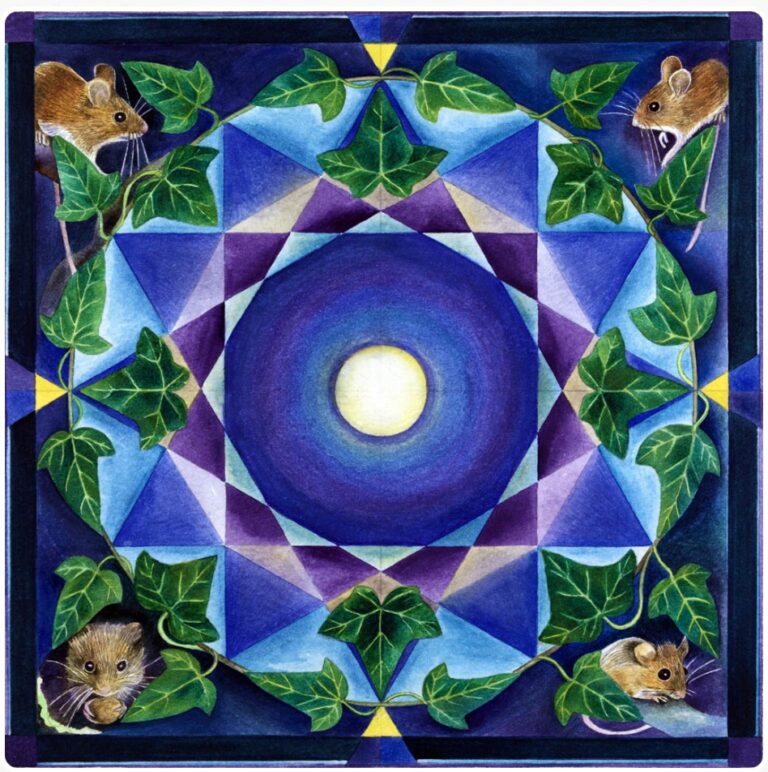Claire’s Gardening with the Moon in July 2024
Moon gazing: the Full Claiming Moon
The air and soil temperatures (and the light levels) in your garden will be high in July. This means that everything should be growing well, including the weeds!
Set aside the days when there are no beneficial influences coming to Earth from the cosmos, days when it’s best to avoid any sensitive work with plants and soil. The blank days this month are the 16th,17th and 24th.
The Full Moon in July is on 21st July and is named the Claiming Moon or Horse Moon. The Anglo-Saxons called it the Hay Moon.
| New Moon | First Quarter | Full Moon | Third Quarter | ||||
| 5 Jul | 23:57 | 13 Jul | 23:48 | 21 Jul | 11:17 | 28 Jul | 03:51 |
Planting and transplanting
The descending moon this month is from the 5th – 19th. This is the fortnight when the moon appears to get lower and lower in the sky. Afternoons and evenings during these two weeks offer the optimum time for planting, as the roots will connect much quicker to the soil. This is also a good opportunity to apply any homemade feeds like nettle, comfrey or seaweed to the soil.
The best days to plant out any flowering plants are the 5th, 6th and 15th.
Plant out leeks (and any other leafy crops) on the 7th, 11th or 18th.
Plant out any late sown fruiting plants like courgettes, squashes or sweetcorn on the afternoons of the 8th, 9th or 10th.
Earth up maincrop potatoes or plant out/tend to any root crops on the 13th or 14th.
Sowing the seeds
There are still plenty of seeds you can sow this month and if you choose to sow them plan to do so in the week before the Full Moon then your seeds should germinate quickly and strongly.
Sow root crops like turnips, carrots or radish on the 14th or the 21st.
July is the ideal month for sowing wildlife friendly biennials like honesty, teasels and foxgloves. They’ll form a leafy rosette during their first year, then burst into flower in late spring/early summer the following year. The optimum date to sow flowers is the 15th.
Sow leafy plants like basil, lettuce, spinach, winter cabbage or kale on the 18th.
Sow fruiting crops like dwarf or climbing French beans or runner beans on the 19th or 20th.
Picking and harvesting
Mornings in the ascending moon fortnight are the best times during the month to harvest crops for processing, drying or storing, as your crops will be at their most vital. This month’s ascending moon is from the 19th – 31st. This time of the month is also best for applying any foliar feeds to the upper parts of the plants and for harvesting seeds.
Harvest fruit crops like strawberries, raspberries, beans and peas on 19th, 20th and 28th.
Harvest root crops like garlic, onions and beetroot on the 21st, 22nd 30th and 31st.
Only harvest plants for drying when they’re touch dry so you may have to wait till the morning dew has evaporated. The best morning to cut flowers such as lavender for drying is on 23rd, but if it’s raining on that day, you can always use a fruit day instead.
Harvest leafy crops like cabbage or herbs for processing/drying on the mornings of the 25th and 27th.
So, what to do with all those weeds and any other waste material from your garden?
Making (and spreading) compost is one of the best gifts you can give to your soil. Good quality, homemade compost that’s chock full of microbial life feeds the microorganisms in the soil, which in turn support and feed your plants.
Thank you for joining me on this growing journey.
If you have questions for me that relate to my blog - Moon and growing related - please send them to me using the Earth Pathways contact page. I would also like to direct curious readers to the UK Biodynamic Association website.
Claire Hattersley


















